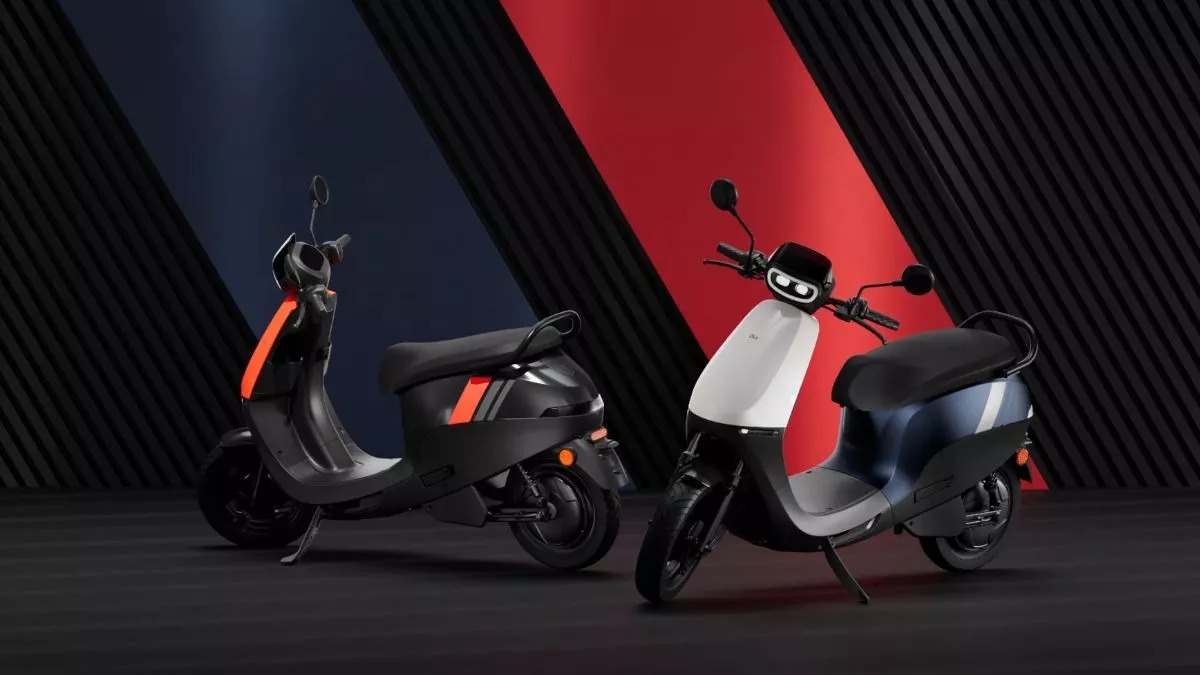
New Delhi: The shares of electric vehicle maker Ola Electric Mobility (Ola Electric Mobility Share Price) are expected to rise tremendously. Ola Electric shares were flat listed after the IPO, but after that they gave a return of more than 100 percent. However, after that there was a lot of correction in the shares of Ola Electric.
Now the shares of Bhavish Aggarwal-owned Ola Electric are rising again. It rose by more than 5 percent in early trade on Tuesday. In fact, two foreign brokerage firms have started covering Ola Electric Mobility with a 'Buy' rating. As of 12 noon on Tuesday, Ola Electric shares were trading at Rs 113.85 with a jump of 5.81 percent.
BofA Securities gave 'Buy' rating
BofA Securities believes that investors can get great returns from Ola Electric. BofA Securities has given a target price of Rs 145 on Ola Electric. According to this, Ola Electric can gain about 35 percent from Monday's closing price.
According to BofA Securities, the contribution of electric vehicles in India's two-wheeler segment is currently 6.5 percent. The price of electric scooters has now become lower than petrol scooters. This can prove to be a turning point for the EV market. He said that Ola Electric has strengthened its hold. It has handled fronts like product portfolio, funding access and brand distribution quite efficiently.
Goldman Sachs gave a target price of 160
At the same time, reputed global brokerage Goldman Sachs has also advised to buy Ola Electric. It has given a target price of Rs 160. According to this, investors can get a strong return of up to 50 percent. According to Goldman Sachs, Ola Electric can get a good lead in the electric two-wheeler market in the long term.
The brokerage estimates that the company's revenue can grow at a rate of 40 percent CAGR between FY 2024 and 2030. This can help the company reach break-even on the level of free cash flow even without subsidy by 2030. This will also have a positive impact on its shares. However, Ola Electric also faces many potential challenges like competition, future of in-house cell manufacturing and direct-to-consumer network.
Read More: Gold's luster has diminished, but silver continues its run; how far has the price reached last week?
--Advertisement--

 Priya
Priya Share
Share



